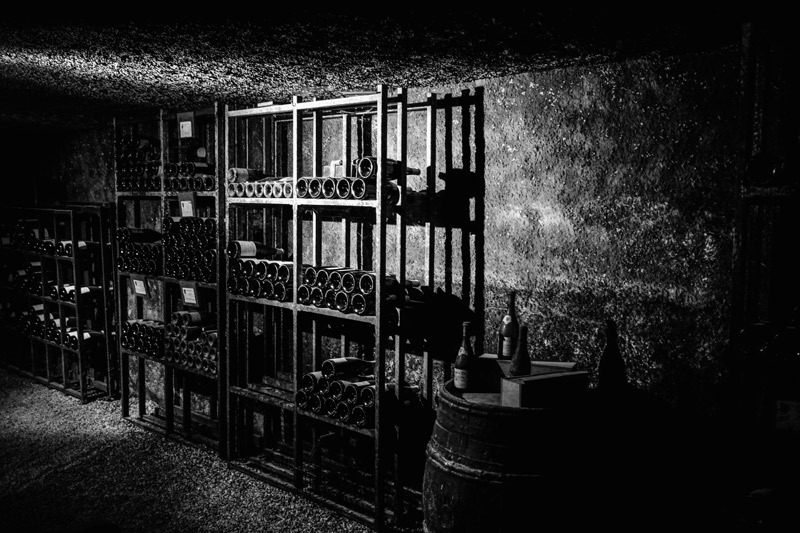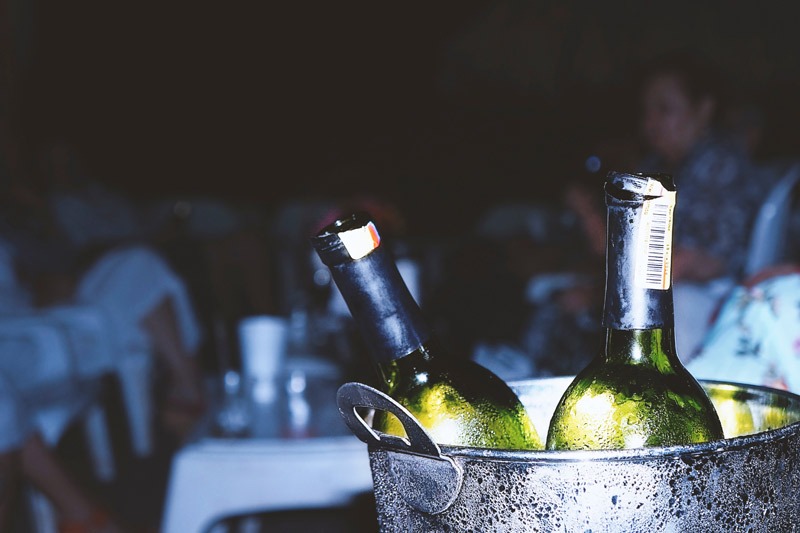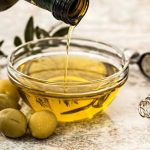You have bought some wines that you think are excellent and you can’t wait to invite your friends (who are very good judgers) to taste them for a dinner at home: what can you do to avoid cutting a poor figure? Actually, we shall consider that the time when you could simply offer a “cool white wine” or a “a red wine suitable for a certain dish” is by now fading: nowadays all of us are sommeliers … Obviously this is not completely true, but the average degree of wine knowledge has undoubtedly increased and, with it, even the (right) claim to taste it properly. An element that we must hold in due consideration is the wine temperature: first of all the one regarding its storage and then the one of service. So what are the first principles that you should follow in order to meet the expectations of your most experienced friends?
The storage: the “mother” of service
A wine can be served at its ideal temperature only if it has been preserved in the appropriate manner. The main enemies of wine concerning its storage are:
– the light: the long exposure to sources of light causes a gradual decay in the amount of the wine’s polyphenols;
– the temperature: you should avoid both too high and too low temperatures (let’s say that the ideal one is between 2°C and 16°C). Then you should also avoid the sudden changes of temperature;
– humidity: it is the enemy of labels, but not of cork, that can be damaged by a too dry room; the ideal is to keep it around 60%.
The right temperature, or better, the right temperatures
The temperature of wines influences the olfactory and gustatory sensations. Fragrances are perceived better at 18°C, while from 10°C downwards sensitivity decreases, until it almost disappears under 4°C. An elevated temperature emphasizes the sweet sensations, aromas and the alcohol component, while a low temperature increases the sensation of astringency, due to tannins.
For this reason, the tannic red wines as our Chianti or Supertuscans do not go well with the low temperatures (we recommend to serve them around 18°C). On the other side, low temperatures make the acidity perceived in a wine more pleasant and this is why we generally drink the white wines, that often have an elevated acid component, at average low temperatures, around 10°C.
Are you ready for dinner now?










